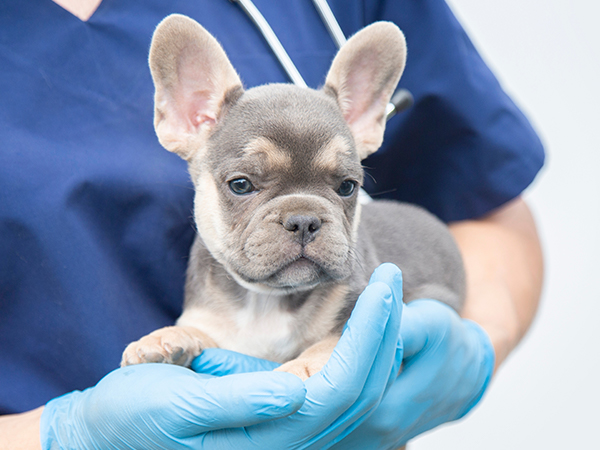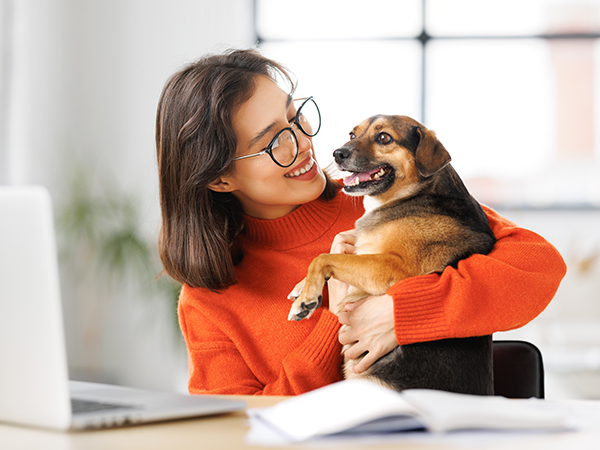A gastrointestinal (GI) endoscopy is a procedure that allows a veterinarian to directly visualize the inside of your pet’s gastrointestinal tract, which includes the esophagus, stomach, upper small intestine, and colon. This is done using a flexible tube with a camera on the end, called an endoscope. It helps veterinarians diagnose and in some cases treat various digestive issues in pets, including vomiting, diarrhea, weight loss, or gastric foreign bodies.
What It's Used For
Diagnosing Digestive Issues: GI endoscopy is often used when your pet is experiencing chronic vomiting, diarrhea, or unexplained weight loss. It helps to visualize the GI tract in real time, aiding in the diagnosis of conditions such as inflammation, ulcers, infections, or abnormal growths.
Taking Biopsy Samples: If abnormal tissue or lesions are found, the vet can use small instruments passed through the endoscope to take tissue samples (biopsies) for laboratory analysis. This helps diagnose diseases like infections, inflammatory bowel disease, or cancer.
Foreign Body Removal: If your pet has swallowed something they shouldn’t have, such as a piece of toy or fabric, the endoscope can be used to locate and sometimes remove the foreign object without the need for invasive surgery.
Evaluating Gastrointestinal Health: For pets with chronic GI issues, an endoscopy can help assess the severity of the condition and guide treatment decisions.
How It’s Done
Preparation: Before the procedure, your pet will need to fast for 12 to 24 hours to ensure that the stomach and intestines are clear of food. This is important for a clear view of the gastrointestinal tract. Your veterinarian may also recommend fasting from water for a few hours before the procedure. If your pet is having a colonoscopy there may be additional instructions for laxatives and longer fasting to help clean out the colon. A cleaner colon allows easier visualization and decreases the time your pet spends under anesthesia.
Anesthesia: Most pets will be under general anesthesia to ensure they remain still and comfortable during the procedure. This also minimizes stress and prevents injury to the GI tract.
Insertion of the Endoscope: The veterinarian will insert the endoscope through your pet’s mouth (for an upper GI endoscopy) or through the rectum (for a lower GI endoscopy) to examine the esophagus, stomach, small intestine, and/or colon. The flexible endoscope has a light and camera to transmit images to a monitor, allowing the veterinarian to examine the GI lining in detail.
Examination and Biopsy: During the procedure, the vet will carefully examine the GI tract. If necessary, small tools may be passed through the endoscope to take biopsy samples or to remove foreign objects.
Post-Procedure: Once the endoscopy is completed, your pet may need to recover from anesthesia for several hours. Your vet will monitor your pet during this time. If biopsies were taken, results will typically take a few days to return. Afterward, your pet can usually return home the same day.
Risks
While gastrointestinal endoscopy is generally considered safe, there are some potential risks:
Anesthesia Risks: As with any procedure involving anesthesia, there is a small risk of an adverse reaction. However, your veterinarian will assess your pet’s health beforehand to minimize this risk.
Tissue Injury: There is a slight risk of causing injury to the digestive tract during the insertion of the endoscope or while taking biopsies. This risk is very low but is carefully managed by the vet.
Bleeding: If biopsies are taken or if there’s an injury, there could be mild bleeding, which is usually controlled during the procedure.
Infection: Though very rare, there’s a chance of infection from the procedure.
Benefits
Non-Surgical: Endoscopy is much less invasive than traditional surgery, meaning your pet can often recover faster and with fewer complications.
Diagnosis: It allows your veterinarian to see certain conditions of the gastrointestinal tract and take biopsy samples for a more accurate diagnosis.
Gastric Foreign Body Removal: It is an excellent option for removing foreign objects in the stomach without the need for surgery.
A gastrointestinal endoscopy is a powerful tool for diagnosing and treating a variety of digestive issues in pets. If your veterinarian suggests this procedure, it’s a great way to get a closer look at what might be affecting your pet’s health, allowing for a more accurate and effective treatment plan.







